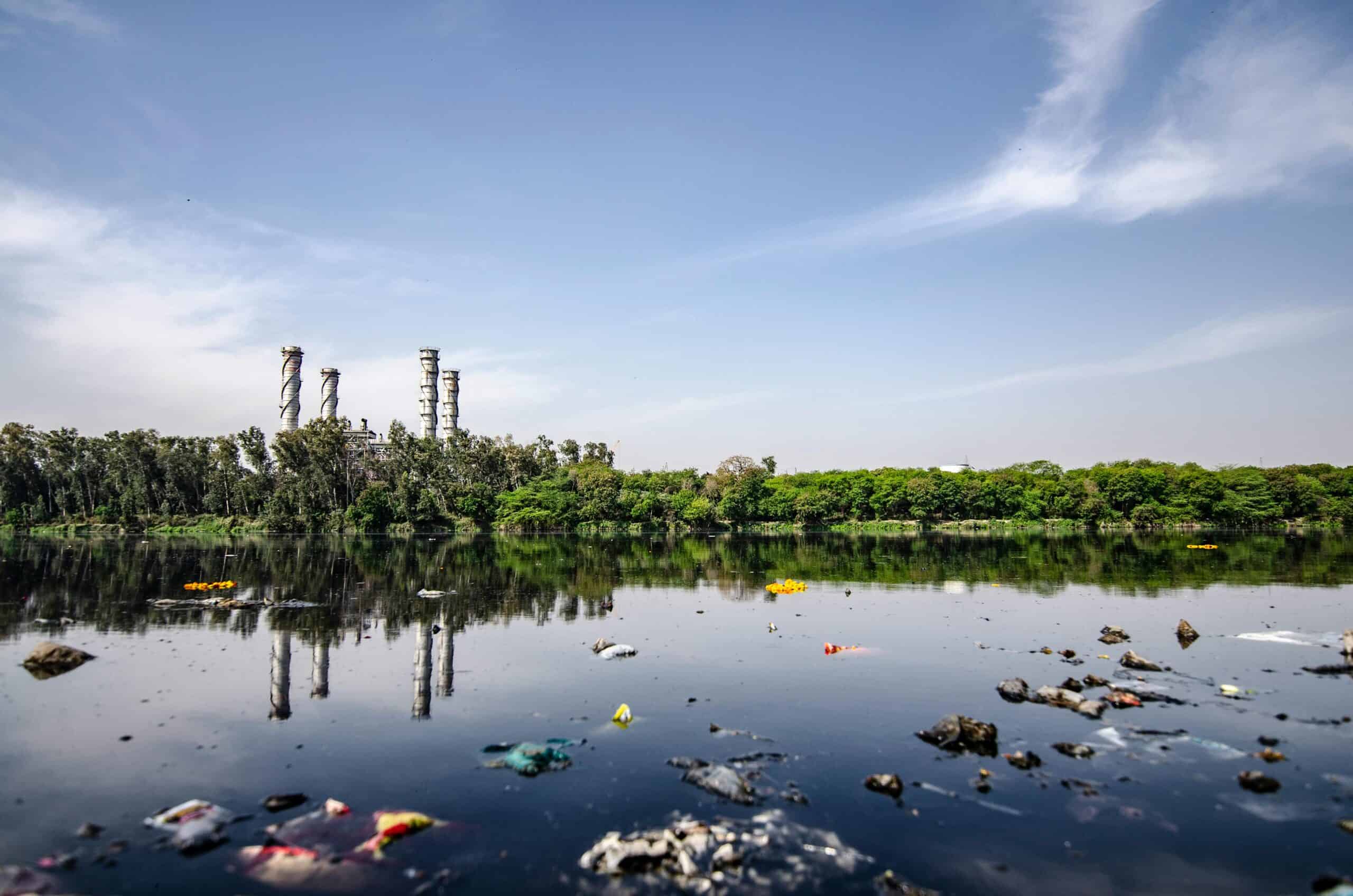Businesses bear the main responsibility for waste management in today’s eco-conscious world. Liquid waste management is not just a regulatory requirement but also a moral duty for businesses. From minor cafes to big industrial sites, it is important to understand and implement these regulations.
What is Liquid Waste and Its Types?
Businesses need to know what liquid waste means in order to navigate through the waters of liquid waste management. It simply refers to any form of liquid that may harm the environment or human health. Let me describe its various types:
Types of Liquid Waste
Sewage: This is what comes out of our houses and industrial wastes; it contains organic substances that must be treated to prevent environmental problems.
Industrial Wastewater: Industrial liquid waste usually contains dangerous chemicals and heavy metals that are produced during manufacturing. It needs to be managed well for the sake of the environment and to follow regulations.
Agricultural Runoff: Farms generate liquid waste through irrigation, pesticide application, and animal husbandry. The leachate carries nutrients, pesticides, as as well as other pollutants that degrade water quality and ecosystems.
Leachate: Leachate is waste that moves through landfills. As it seeps through a landfill, it gathers pollutants that make soil bad for plants and drinking water unsafe. Proper handling is necessary to avoid pollution or deterioration.
Commercial Sewage: Commercial districts, including restaurants and hotels, are areas where this kind of wastewater flows from. It aims to conform to local laws while minimising negative ecological consequences.
Residential Sewage: This refers to wastewater originating from homes or apartments in general; proper discarding and treatment of residential sewage benefit public health, safety, and the environment.
Medical Liquid Waste: Hospitals, clinics, laboratories, etc., produce hazardous medicine effluent. How medical waste should be handled so that no contamination occurs must always be considered.
Regulations and Compliance of Liquid Waste Management in Australia
Liquid waste management in Australia is heavily regulated to protect the environment and public health. Adherence to these regulations involves more than avoiding penalties; it indicates a commitment to sustainability.
Key Regulations to Note
Environmental Protection Act 1997: This act covers waste management requirements that prevent pollution and encourage sustainability.
National Water Quality Management Strategy: This strategy includes liquid waste treatment and disposal that helps in preserving water sources, with an emphasis on water quality management.
Trade Waste Contracts: Any business disposing liquid wastes in the sewer must enter into trade waste agreements with local water authorities, which should include details about the nature and volume of waste disposed of.
How to Manage Liquid Waste as a Business
Implementing these strategies necessitates an integrated approach toward liquid waste management. Below are some key steps outlined as advice for businesses that aim to establish efficient control of their liquid wastes.
Assess Your Waste
Start by conducting a waste audit. This helps identify the sources and types of liquid waste your business produces. Knowing what you’re dealing with is the first step to a plan.
Implement Waste Reduction Strategies
Reducing the amount of liquid waste your company produces has environmental benefits and saves costs. Some points to look out for include:
- Waste Minimisation: Streamline your production process to reduce waste.
- Safe Chemicals Substitution: Lessen the use of hazardous chemicals in your manufacturing processes.
- Water Use Efficiency: Implement several water conservation practices to minimise liquid waste.
Treatment and Disposal
The next step is treating and disposing leftover wastewater after reducing the waste.
- Onsite Treatment Systems: Build treatment plants at your company’s location to clean up wastewater before discharging it into sewers or other water bodies in compliance with regulatory guidelines.
- Off-Site Treatment Facilities: Partner with licensed waste management facilities to handle your wastes also for proper disposal within the law
- Disposal Safety: Abide by the rules when getting rid of treated wastes, be it through sewage discharge or transport to an authorised landfill site.
Regular Monitoring and Reporting
Continuous monitoring is necessary to remain compliant and identify improvement opportunities. While auditing on a regular basis, keep track of waste generated, treated, and disposed of.
Employee Training and Engagement
Conduct frequent training sessions on environmental responsibility in order to build a culture that supports such an approach. Engaged employees are more likely to embrace best practices and contribute towards a sustainable workplace.
Conclusion
Business liquid waste management is not only about adhering to the rules; it is also about taking care of our environment. Businesses that follow Australian regulations understand the various types of liquid wastes and have good management strategies go a long way in influencing sustainability. A complete business approach to liquid waste management involves monitoring, involving employees, and responding to different business situations. Even small contributions are important for making our future as healthy and cleaner as possible.
Aerocycle knows how important liquid waste management is for businesses across Australia. With our range of services to suit your needs including collection, treatment, and safe disposal of liquid waste, we ensure compliance with environmental regulations and sustainability.
Visit Aerocycle’s Liquid Waste to learn more about how we can help your business manage liquid waste responsibly. Contact us to talk about your needs and how Aerocycle can support your business in its journey toward sustainability.

